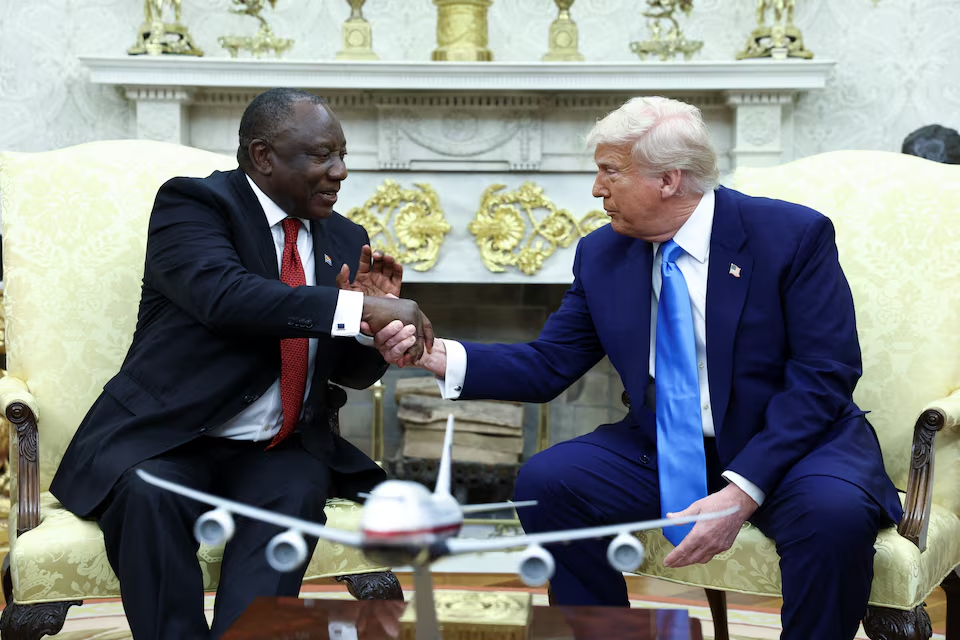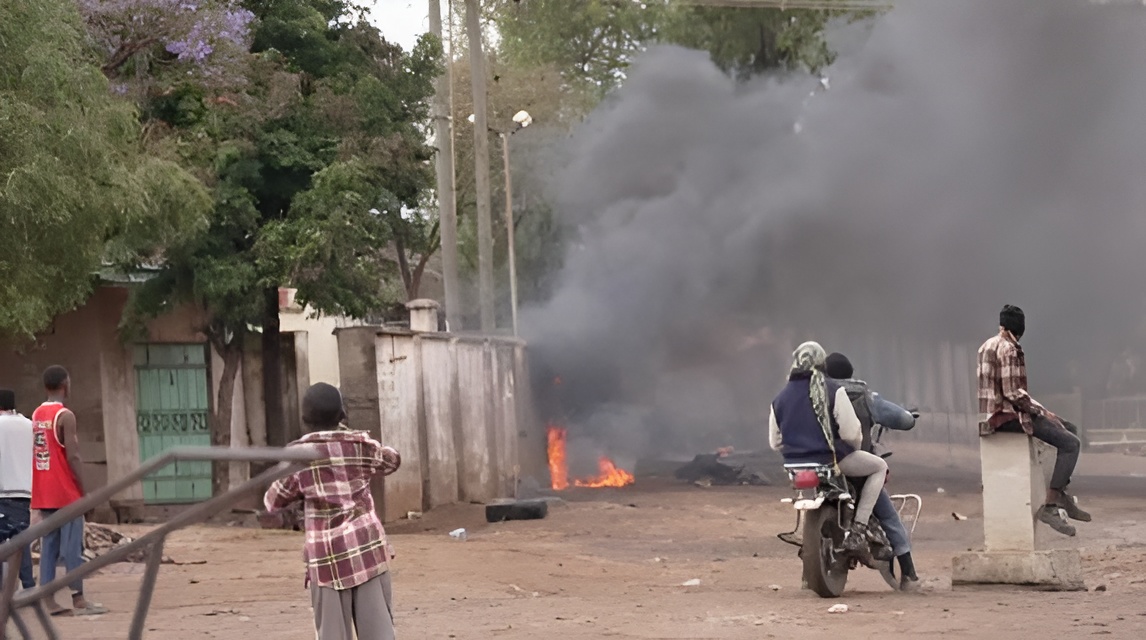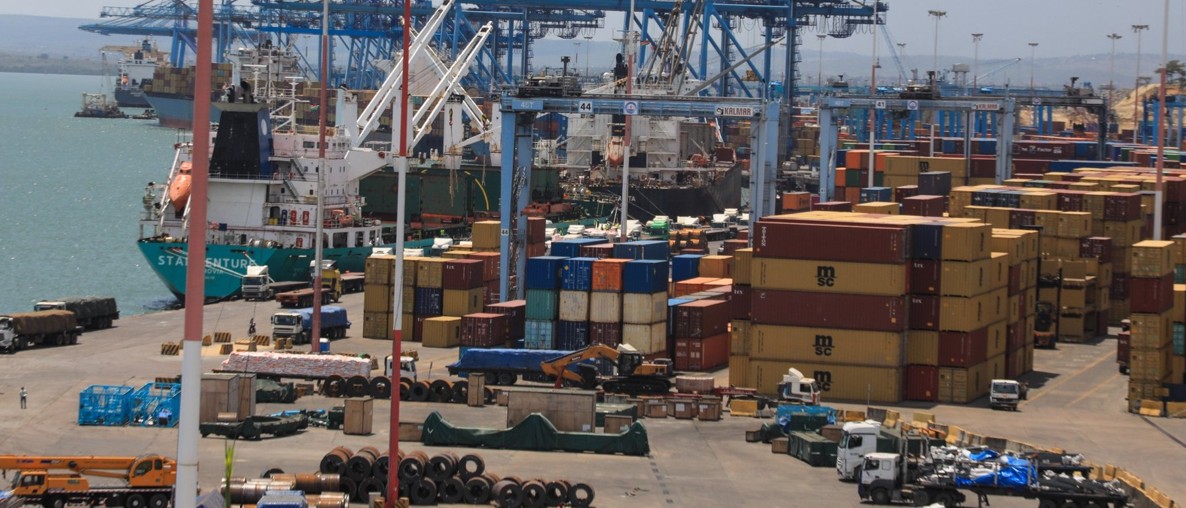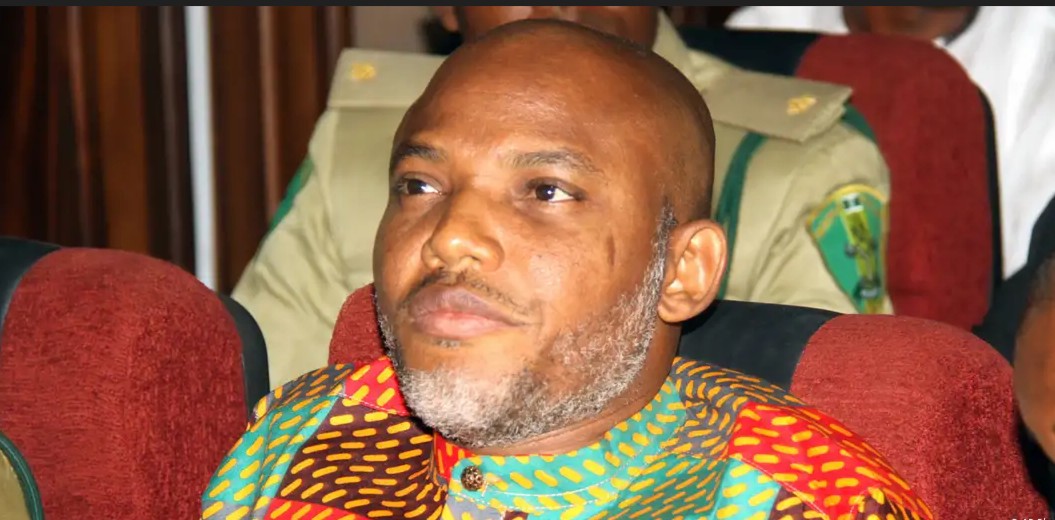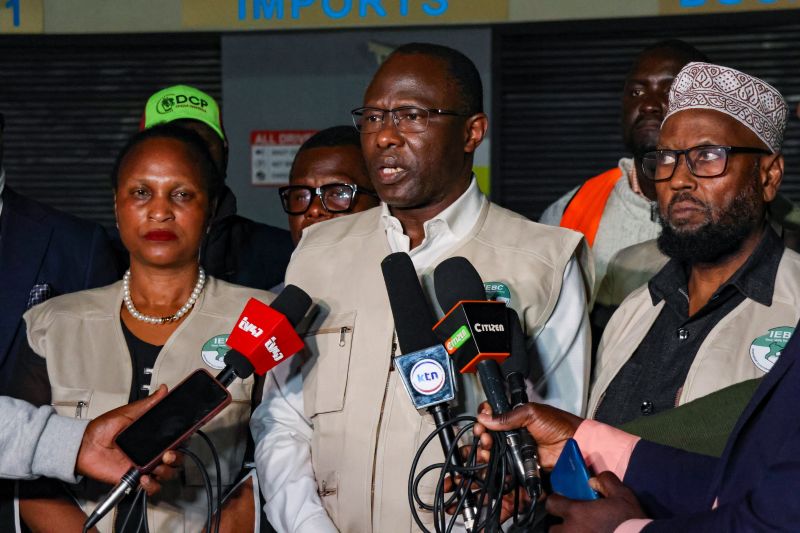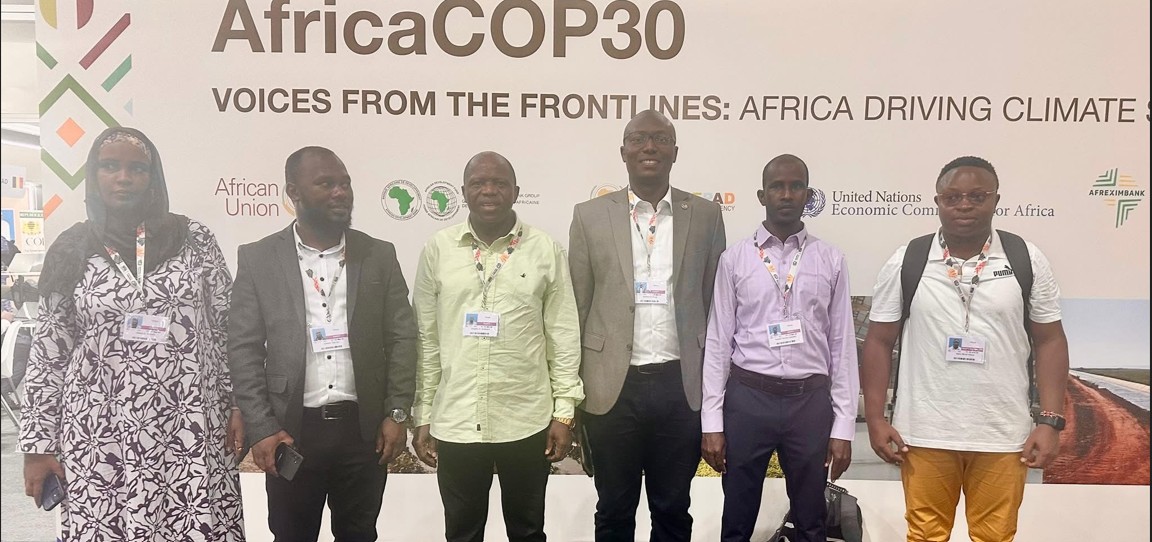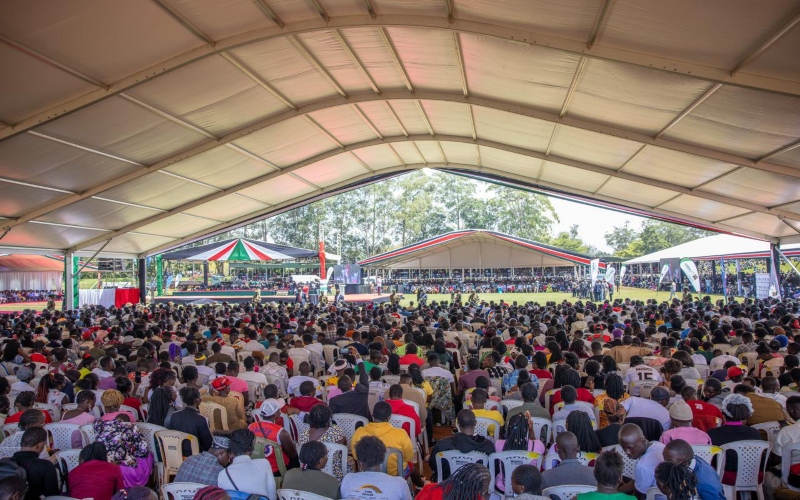Kenya moves to end power shortages and lower electricity costs
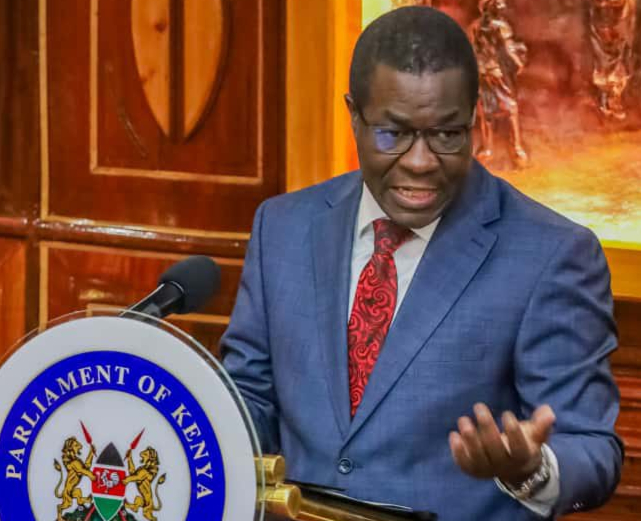
The announcement comes after President William Ruto acknowledged that Kenya’s current power generation is not enough to meet rising demand. He explained that the government has been forced to implement planned power cuts—load-shedding—during peak hours to keep the national grid stable.
Kenya is tackling power shortages and high electricity costs with large-scale energy projects. Energy Cabinet Secretary Opiyo Wandayi told senators on Wednesday that the government is working closely with partners to strengthen the country’s electricity network, focusing on building transmission lines, upgrading substations, and planning nuclear power to expand generation.
The CS said the measures are part of a wider effort to ensure households and businesses enjoy reliable electricity and to reduce the frequency of blackouts that have disrupted daily life across the country.
More To Read
- Gachagua, governors, and MPs under probe by NCIC for inflammatory statements
- Kenya Power awards Sh3.5 billion in tenders to youth, women and PWDs
- Outgoing NCIC faces scrutiny over last-minute recruitment of 22 staff
- Auditor General flags Sh1.37 billion overdue payments at KenGen amid rising debts
- Kenya Power fast‑tracks talks with 54 producers after Parliament lifts freeze on PPAs
- Senate flags 24 State agencies still performing county functions
“We have several initiatives underway, including the development of nuclear energy, which we hope will ensure a stable and reliable power supply,” Wandayi told senators, responding to concerns about slow electricity connections and recurring outages.
The announcement comes after President William Ruto acknowledged that Kenya’s current power generation is not enough to meet rising demand. He explained that the government has been forced to implement planned power cuts—load-shedding—during peak hours to keep the national grid stable.
“Today in Kenya, between 5 pm and 10 pm, we have to do load-shedding. One data centre requires 1,000 megawatts, yet we only produce 2,300 megawatts,” Ruto said in Doha, Qatar.
He added that the country needs more than Sh1 trillion to expand generation capacity to at least 5,000 megawatts to support economic growth.
Wandayi highlighted that western Kenya, where residents experience some of the most frequent outages, is receiving particular attention.
“We have put in place deliberate measures to improve power reliability in Western Kenya, just as we are doing nationwide. Several transmission lines are under construction, and substations are being upgraded,” he said.
The CS dismissed claims that new electricity consumers are struggling to pay their bills, saying there is no evidence to support such assertions. He also pointed out that Kenya Power has intensified tree-cutting and pruning in rural areas, as branches frequently touching power lines have been a major cause of blackouts.
The last-mile electricity programme, backed by the World Bank and African Development Bank, has mobilised Sh12 billion to connect households in 35 counties.
Looking ahead, Wandayi said nuclear power plans are progressing, with the first phase expected to contribute 5,000 megawatts to the grid and construction planned to begin in Siaya by 2027–28.
He also announced reforms to power purchase agreements (PPAs) to ensure transparency and protect government interests.
“All PPAs must now be approved by the Attorney General to enhance transparency and ensure the country does not get a raw deal,” he said, adding that new agreements will be denominated in both Kenyan shillings and US dollars.
“These measures are guided by the power development plan, which details how much electricity we need, when and where,” Wandayi said, reinforcing the government’s commitment to a reliable and affordable energy supply.
Top Stories Today


